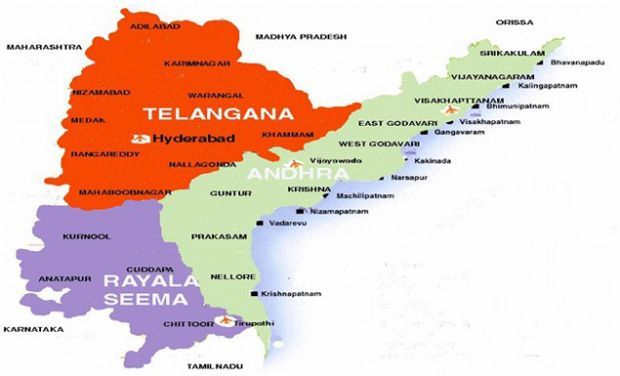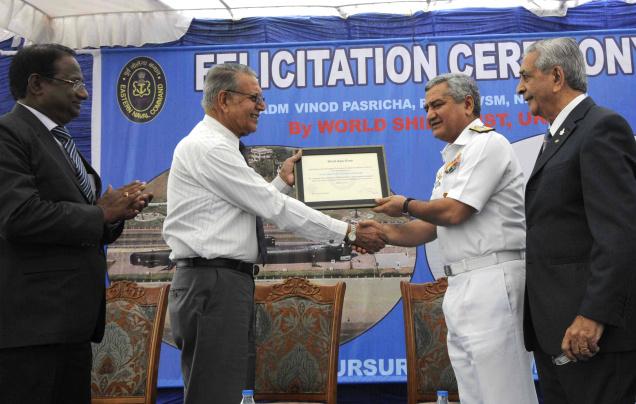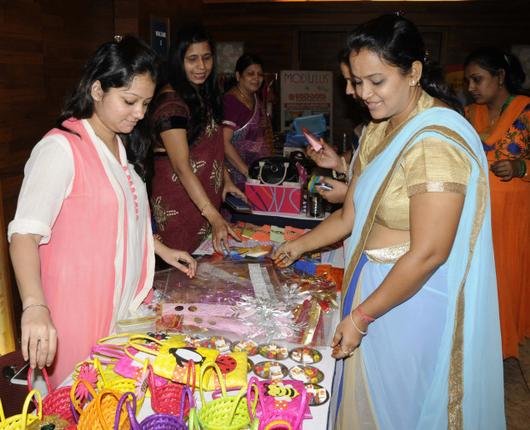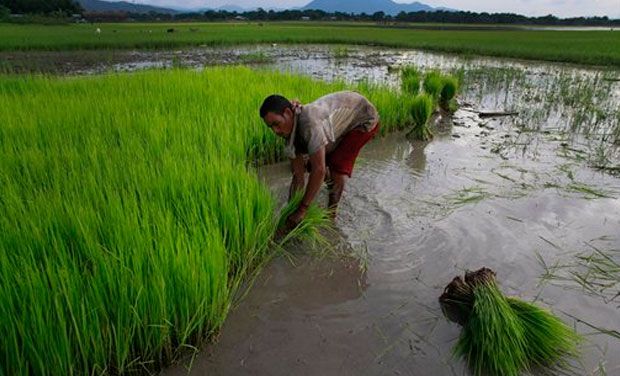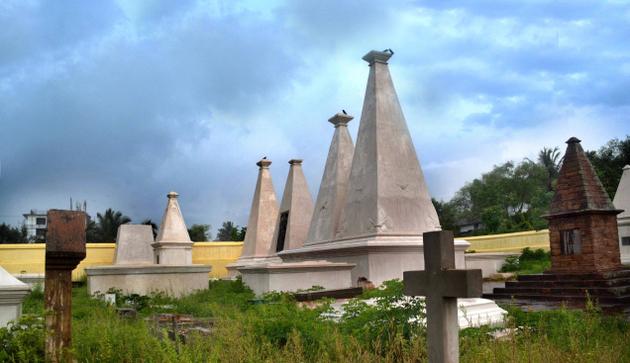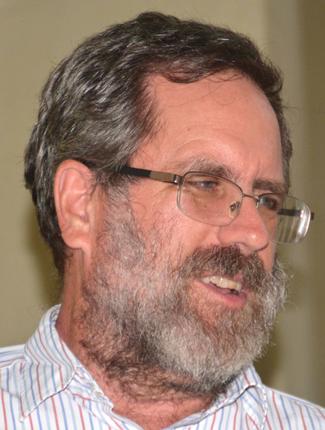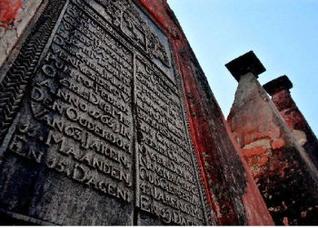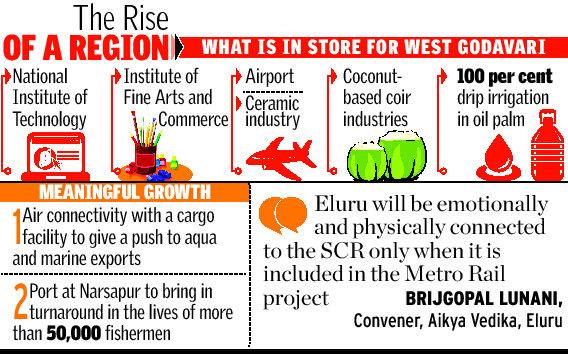
Banks of Krishna river back in news after 2,300 years. Later, the separatist Telugu movement by the legendary Potti Sriramulu and Tenguturi Prakasam Pantulu led to the first Andhra state on linguistic basis with Kurnool as capital in 1953.
Call it coincidence or design, river Krishna is back to some historical significance. Andhras built Amaravati, on its banks, as capital city way back in 3 Century BC and now with the report on Sivaramakrishnan Committee on capital is out, the government has sent enough feelers that the Vijayawada, Guntur, Tenali and Mangalagiri (VGTM) region will be a suitable location for capital.
Incidentally, VGTM, if decided, probably happens to be the 13 capital location of Andhras who had their first capital here centuries ago. Andhras were never at peace as far as the capital city is concerned. As per known history referred in the ancient Sanskrit Indian text Aitareya Brahmana (800 BC), the journey of the Telugu speaking people that began with Assaka Maha-Janapada settlement between Godavari and Manjeera rivers in southern India served as the first capital of Andhras.
The capital was then shifted to Dharanikota (present Amaravati) during 2 century BC to 2 century AD under Satavahana rulers who ruled most of the country from here. It was then shifted by Ikshvaku dynasty to Vijayapuri (Nagarjunakonda) on the banks of Krishna in the same century. The capital was again shifted to Kanchipuram in Tamil Nadu during Pallava rule from 4 to 6 century. Later, it was Kodur, Kapotapuram, Vengi and Vinukonda which served as capital cities during the rule of Bhihatpalayanas, Anandagotrikas, Salankayanas and Vishnukundins.
The seventh capital took shape at Warangal during the rule of Kakatiya and Chola dynasties for a robust 600 years. Then was the golden era of Srikrishnadevaraya’s Vijayanagara empire with Hampi in Karnataka as capital during which period Telugu was regarded as the best of the languages in the country. However, the capital for Andhras was torn between Hampi and Golconda/ Hyderabad followed by Madras Presidency under the British till Independence.
Later, the separatist Telugu movement by the legendary Potti Sriramulu and Tenguturi Prakasam Pantulu led to the first Andhra state on linguistic basis with Kurnool as capital in 1953. Later, the same was merged with Hyderabad after the Nizam dynasty gave in to the Indian government in 1956. While Hyderabad remained as the capital city of Telangana post division of the Andhra Pradesh in February, 2014, the rest of the region which retains the original name is scouting for the capital city.
However, historians opine that selection of VGTM for capital is more of the political convenience than a historical significance. “Historically Andhras or Telugu people had many capitals under several dynasties. The region near Amaravati is just a political decision and no historical perspective to it,” said Professor of History V. Ramakrishna of Hyderabad Central University.
source: http://www.thehindu.com / The Hindu / Home> News National> Andhra Pradesh / by Appaji Reddem / Vijayawada – September 03rd, 2014
